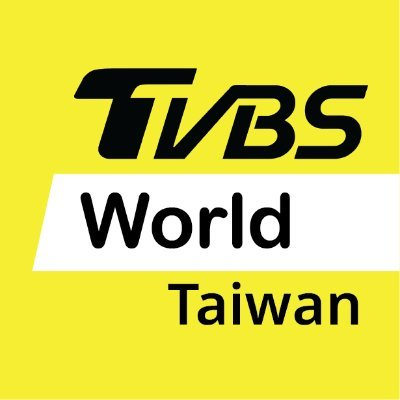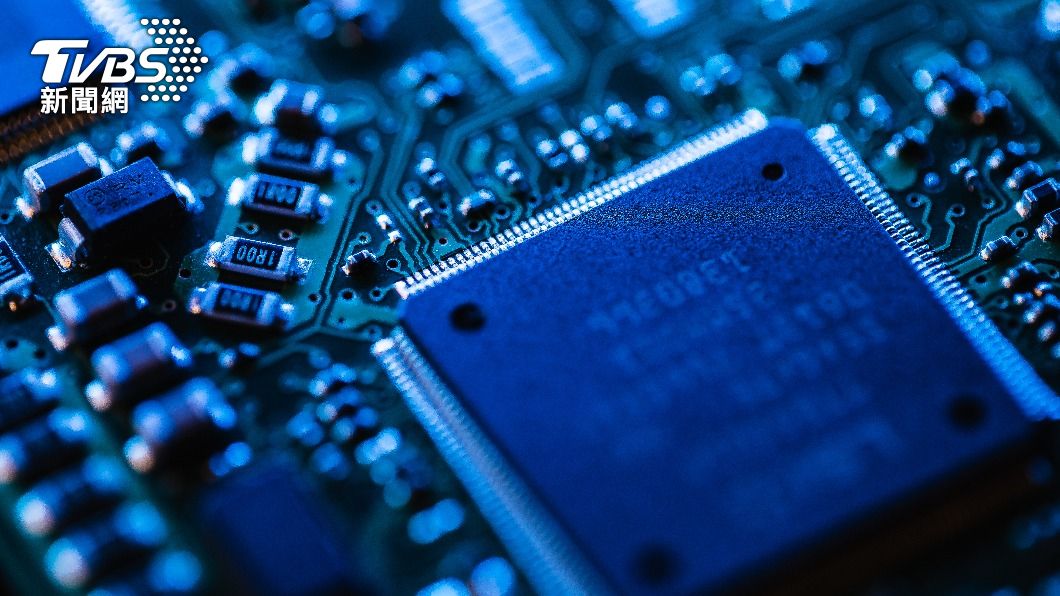HSINCHU (TVBS News) — The Industrial Technology Research Institute (ITRI) on Wednesday (Jan. 17) announced a joint development project with the Taiwan Semiconductor Manufacturing Co. (TSMC) to manufacture a Spin-Orbit Torque Magnetic Random Access Memory (SOT-MRAM) array chip.
The innovative new design will have applications in in-memory computation and operate at a power consumption of just 1% that of Spin-Transfer Torque Magnetic Random Access Memory (STT-MRAM), advancing the field of lower power, high-speed semiconductors.
The General Director of the ITRI's Electronic and Optoelectronic System Research Laboratories, Chang Shih-chieh, commented on the SOT-MRAM's low power consumption combined with a quick 10-nanosecond operating time. "Coupled with advanced circuit design, we were able to achieve in-memory computation, which will greatly improve computational efficiency and allow us to expand beyond the traditional memory-oriented application scenarios of MRAM," Chang stated.
Chang further revealed that the collaboration's research results were published and presented at the International Electron Devices Meeting (IEDM), demonstrating the potential and growing contribution of this next-generation memory technology. "The developed technology is suitable for use in high-performance computing, artificial intelligence, and automotive chips," said Chang, indicating the broad future applications of their developments.
Alongside this announcement, the ITRI, always a center of innovation, also revealed its current focus on the research of non-volatile memory technologies. The goal is to continue pushing the boundaries of domestic semiconductor markets and open new areas of application.



